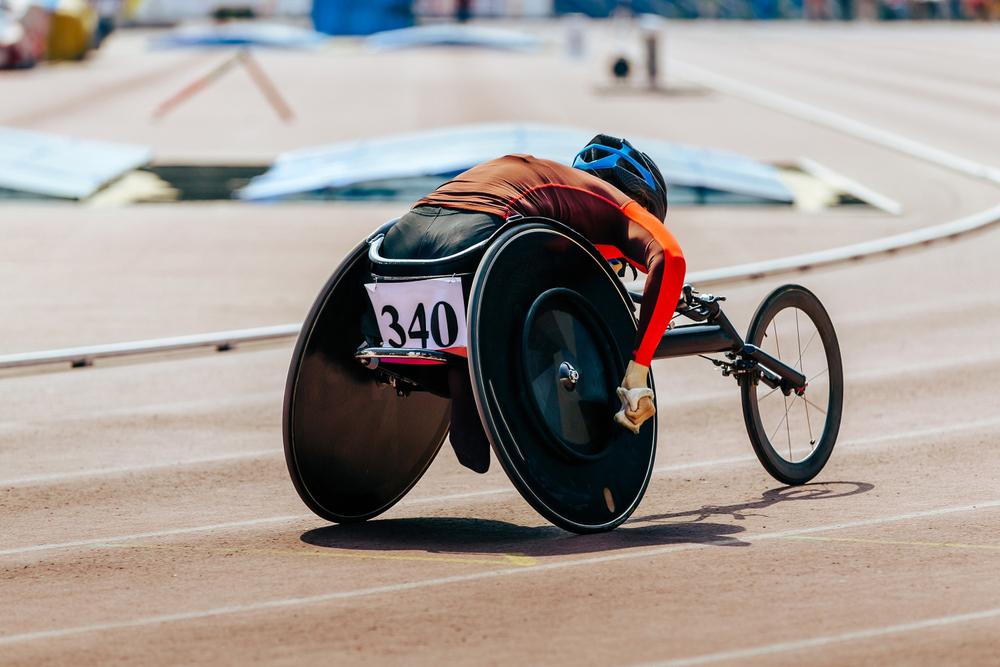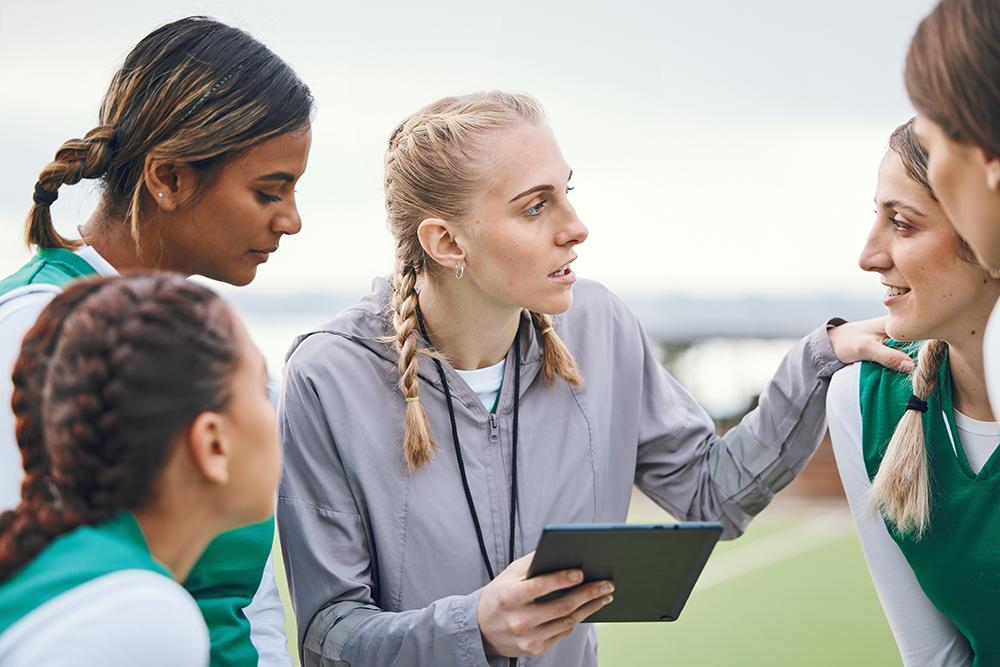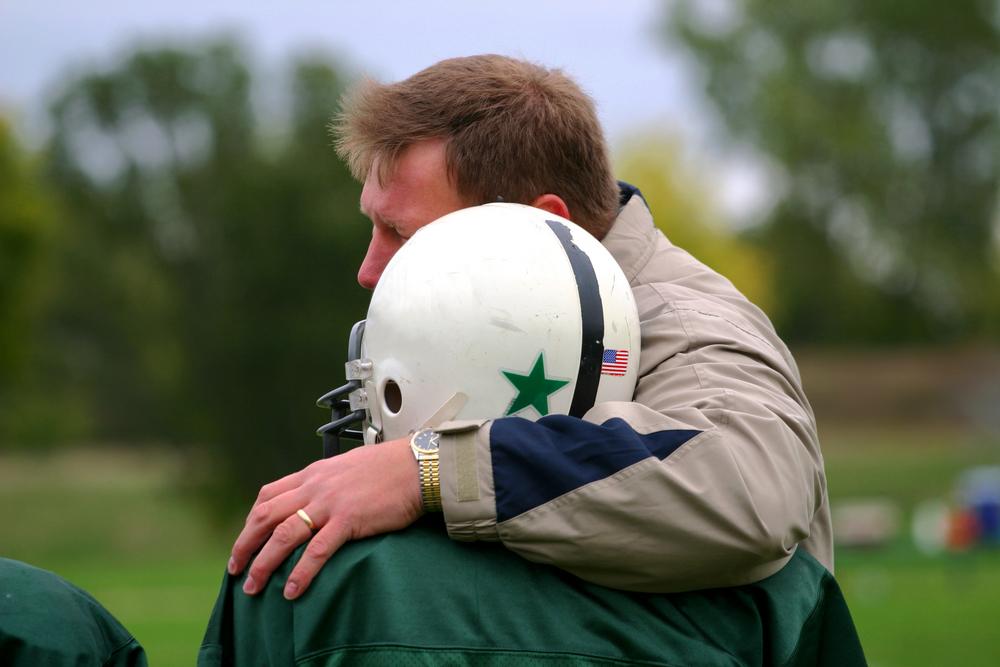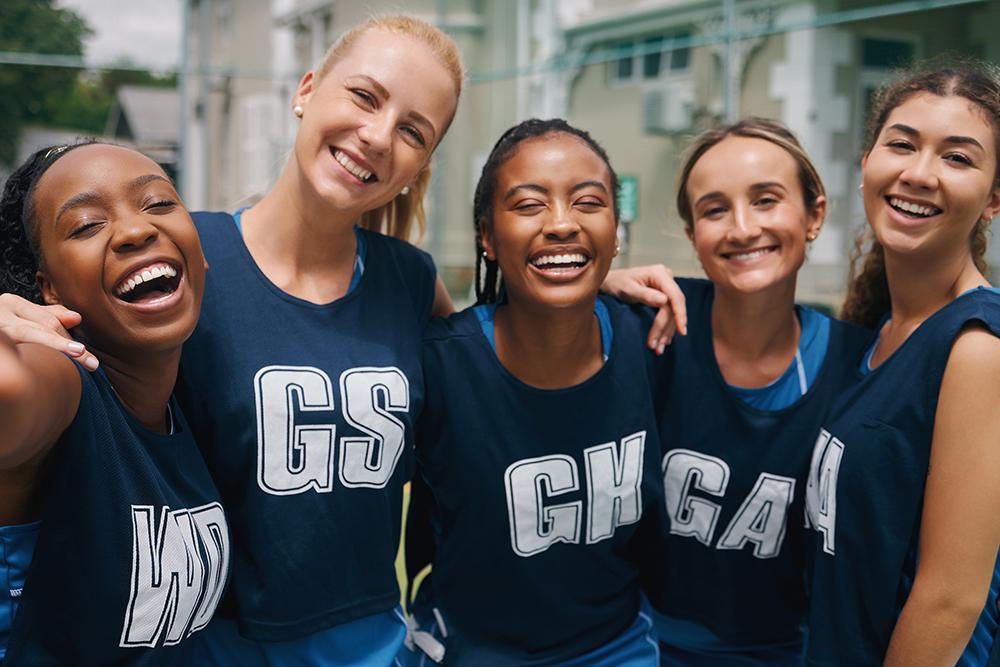 Choosing a college can feel like a monumental decision for both student-athletes and their caregivers. And in many cases, everyone isn’t on the same page about what to consider and what to prioritize. That’s why it’s so important to decide what matters most, ask lots of questions, and find a way to compare subjective and objective data about each school.
Choosing a college can feel like a monumental decision for both student-athletes and their caregivers. And in many cases, everyone isn’t on the same page about what to consider and what to prioritize. That’s why it’s so important to decide what matters most, ask lots of questions, and find a way to compare subjective and objective data about each school.
Here, Dr. Charron Sumler, TrueSport Expert and Assistant Director of Sport Psychology and Wellness Services at The Ohio State University, is sharing how to approach college comparisons before, during, and after a school tour in a way that helps you make the best decision possible.
1. Do Your Research
It’s usually helpful to start with a conversation about the athlete’s values. Sumler says that it’s easy for athletes and caregivers to be swayed by the bright and shiny things that a college will produce, like tantalizing scholarships and juicy NIL deals, but the right college should be about more than just the money. Is there a specific major that the athlete wants to pursue? Is having a close-knit team important? Are there certain resources, like dietitians or sports psychologists/mental health providers, that you know the athlete will need? Make a list of all the key objectives the athlete has for their college experience before you start to look at what each college has to offer.
“I like to encourage a conversation between athletes and families before they really get going down the recruitment path,” says Sumler. “You may not all be on the same page, but it’s helpful to have those values laid out beforehand so you’re not arguing or confused when talking to a recruiter.”
Once you have your values organized, compile a list of questions for the recruiter to report on. The broad question you can start with is: “How will the athlete be supported?” From there, get more specific and ask about the resources that will be available for your athlete, such as:
- Tutoring/student-athlete support
- Strength and conditioning coach access
- Sports psychologist/mental health access
- Registered dietitian access
- Sports medicine access
- Lawyers and other professional consultants who can help with NIL contracts, accounting, and questions about brand identity
 After establishing what is available, also be sure to ask how often those services will be available to your athlete. For example: “What services will be available both on campus and when an athlete is traveling to compete?”
After establishing what is available, also be sure to ask how often those services will be available to your athlete. For example: “What services will be available both on campus and when an athlete is traveling to compete?”
While schools may seem as though they have robust physical, academic, and mental health resources, these resources are sometimes focused on serving the school’s top earning sports and are limited for smaller sports. This may not be a problem for an athlete depending on what they need, but it’s important to know.
Check on academic expectations as well. Beyond maintaining a GPA high enough to be allowed to compete, it’s important to understand how a school will approach an athlete’s academic career in addition to their athletic one. Can the athlete choose any major, or are there some that won’t work with their sport due to scheduling or other constraints? Sumler adds that this is important for any athlete, since a pro contract after school isn’t guaranteed, but it is especially important for athletes who specifically have no intention of pursuing their sport professionally after college. If sport is simply for fun or for a scholarship, how an athlete is allowed to pursue their academic interests becomes the top priority.
You may also want to ask about the worst-case scenario, she adds. Namely, how will the athlete be cared for if they’re injured and unable to compete? While it’s not fun to think about, it’s important to know how an injury or inability to play for a season will affect not just scholarship dollars, but also the academic, physical, and emotional support that an athlete receives.
2. Make a Tour Plan
Have a tour plan in place. Make a list of everything you need to check out while on campus. This includes the obvious, like the gym and playing grounds, but it also should include things like typical athlete dorm rooms, dining halls, campus public transit, sports medicine and health center resources, and any nearby downtown areas. You want to get a full picture of life at that school!
“I usually suggest that families divide and conquer,” says Sumler. “Dad can go check out downtown while Grandma can tour the dining hall and Mom can look at the health center—the athlete is going to have so much information coming at them that it can be helpful to have the people with you focusing on one specific thing.” You can opt to match the values/worries of each family member to where they focus: If Dad is worried about how the athlete’s health will be taken care of, he might be the best person to facilitate the meetings with dietitians, physical therapists, and sports psychologists. If Mom is focused on academics, meeting with the staff who connects athletes to tutors and helps them plan their course schedules might be the best use of her time.
Whatever you do, have a plan before arriving on campus. As Sumler says, these visits are “like drinking from a firehose” because you’re bombarded with so much information. Keep a phone or notebook handy to jot down any follow-up questions you might have, because you’re likely to lose track of all of them.
Finally, in addition to meeting the coaches and other professionals who will be working closely with an athlete, Sumler suggests asking to meet with at least two current players on the team. Ask them (ideally without the coach present) about:
- Team dynamics and friendships: Are athletes expected to spend time together outside of practice? Do they eat meals together, hang out for fun and study together, or do they go their separate ways outside of sport? With some of these questions, Sumler notes that there isn’t a right or wrong answer—but they’ll help you find the team that’s the right fit for you.
- Cliques, bullying, hazing: Have there been any issues with bullying on the team? How has the coach handled it?
- Problem-solving: What’s happened if there was a problem or conflict in the past?
- Downtime/rest/balance: Do any of the athletes belong to any other clubs, have part-time jobs, or do any outside activities? How much sleep do they tend to get? Do they get much of an offseason?
- Academic expectations: Is it difficult to keep grades up? Have the athletes struggled, and if so, how did the athletic department handle it?
- Academic/mental/physical support: Have the athletes you’re talking to used any of the academic, physical, or mental health support services that the team has in place? If so, what was their experience?
3. Debrief after the Tour
Do a debrief so that you’re able to compare schools later. Sumler suggests creating a ‘feedback form’ that stays consistent across all of the schools. She says that it may even be helpful to note details like the weather the day of your visit so you’re aware of how those factors impacted your impressions.
Getting these notes on paper right away can help you remember small details that could be important later. Remember, college visits can end up blurring together since they’re typically very full days where you’re meeting a lot of people and hearing a lot of information, so it’s helpful to write it down while it’s fresh and reflect on it later. Even recording a quick video or voice memo for yourself to reference later can be extremely helpful when you’re trying to recall which school had the best overall feeling.
__________________________
Takeaway
When selecting a college, it’s important to have an early conversation to pre-define what exactly you’re looking for in a dream school. Don’t be afraid to ask questions and probe for specifics, like whether you’ll have year-round access to a sports psychologist, or if you’ll be able to work with a tutor while you’re traveling for games. While money matters, it’s important to look beyond the scholarship and NIL dollars to identify the school that is the best fit financially, athletically, academically, and socially.



